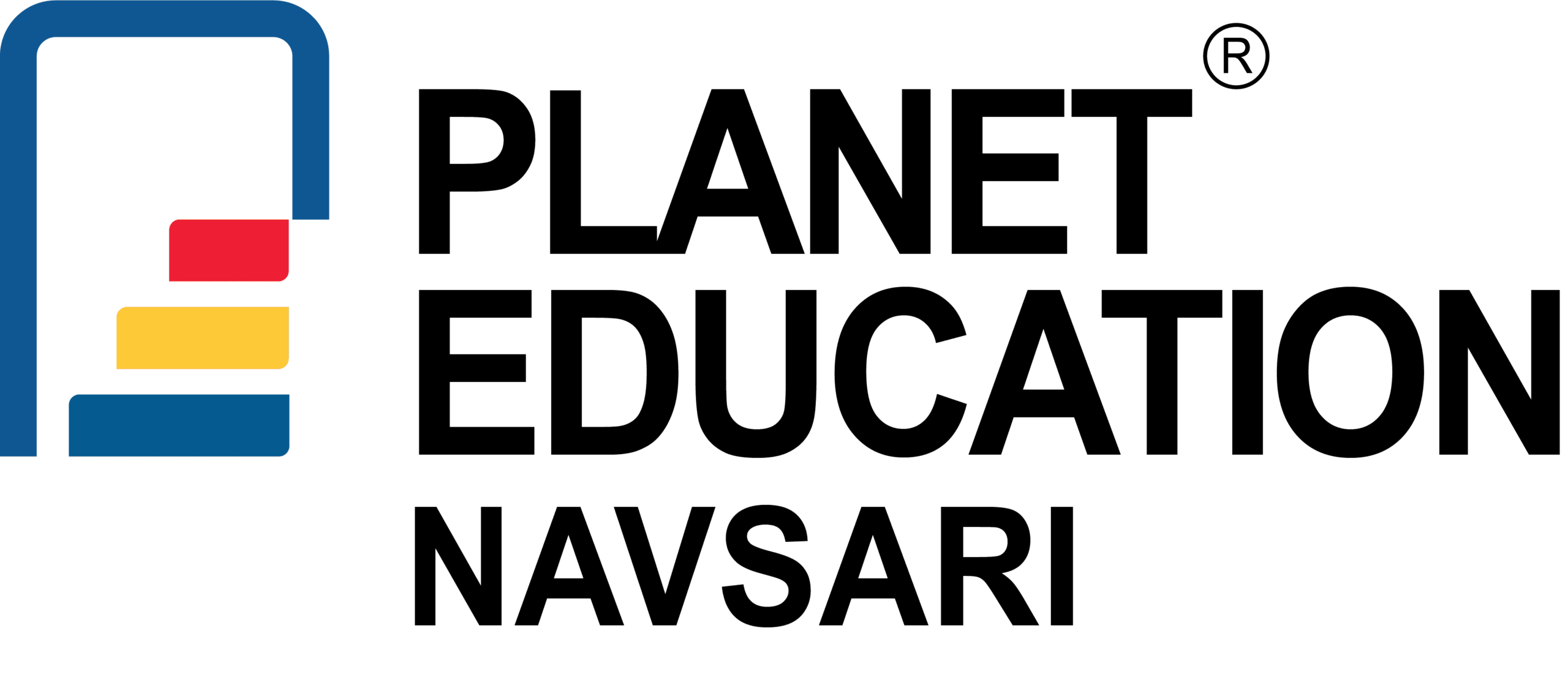
What is F1 visa and what are F1 Visa Requirements?
Over 1 million international students are currently studying in the USA. To study in the country, you need a student visa from the government, also known as the F1 visa. In this blog post, we will share with you a detailed overview about the F1 Visa, its requirements, process flow and expert tips that you can help you study in USA.
This visa is typically granted to students once they have secured admission to US educational institutions such as colleges, universities or schools. It is worth noting that the F1 visa is not the only visa type available to students in the USA. Depending on the type of course you have chosen, you may be eligible for either the F1 or M1 visa.
Comparatively speaking, F1 visa holders have more flexibility in extending their stay beyond the duration of their program. They can do this by engaging in optional practical training extensions or pursuing further academic studies.
How is an F1 visa different from an M1 visa?
F1 vs. M1 Visa: Choosing the Right Student Visa for You
F1 and M1 are both student visas. However, the eligibility criteria differs. If you are moving to the USA for an academic or language training course, which is usually the case, you’ll need to get an F1 visa.
On the other hand, an M1 visa is opted by students who are pursuing a vocational course or non-degree program focusing on practical skills and training, such as automotive repair, cosmetology, or culinary arts.
M1 visa holders are typically granted a fixed period of stay based on the length of their program, with limited opportunities for off-campus employment. Conversely, F1 visa holders may be eligible for optional practical training (OPT) and curricular practical training (CPT), which allow them to gain work experience related to their field of study while enrolled in an academic program.
How to Get an F1 visa?
Eligibility and Requirements for an F1 Visa
Getting an F1 visa is mandatory for students who want to study in the USA. To be eligible for an F1 visa, you must fulfil certain requirements. Firstly, you need to be accepted by a school in the USA that has been approved by the Student and Exchange Visitor Program (SEVP).
Secondly, you need to demonstrate proficiency in the English language. You can do this by scoring well in exams like IELTS, PTE, TOEFL etc. Alternatively, you can enrol in an English language program to show that you can effectively communicate in English, which is the primary language of instruction in most American schools.
Lastly, you need to provide evidence that you have sufficient financial resources to cover tuition fees, living expenses, and other costs during your stay in the USA. This is to ensure that you can support yourself financially without relying on public funds. The financial resources you show must be enough to cover your expenses for the entire duration of your stay, which is typically the length of your program of study.
It is generally useful to seek help from a study abroad expert for the visa processes as it increases the chances of success. At Planet Education Navsari, we have a proven track record of having helped over 25000 students achieve their study abroad dream.
Documents Required for F1 Visa Application
Documents Needed for Your F1 Visa Application
When applying for an F1 student visa to study in the United States, the following documents are commonly required:
- Passport
- Form I-20
- DS-160 confirmation page
- Visa application fee receipt
- Academic transcripts and diplomas
- Financial documents demonstrating ability to cover expenses
- Other supporting documents as required
Some Useful Tips When Applying for an F1 Visa
Expert Tips for a Successful F1 Visa Application
When applying for an F1 visa, it’s essential to be well-prepared and thorough in your approach. Here are some useful tips to consider:
- F1 visa process is a little complicated, begin the application process well in advance of your intended start date for your academic program. This allows ample time for completing the required documentation, scheduling interviews, and addressing any unexpected delays.
- Choose SEVP-approved schools that offer programs aligned with your academic and career goals. Research the schools thoroughly, considering factors such as program reputation, location, campus culture, and support services for international students.
- Obtaining a Form I-20 from your prospective school, completing the DS-160 visa application form accurately, and preparing for the visa interview.
- Financial Planning: Demonstrate sufficient financial resources to cover tuition, living expenses, and other costs during your stay in the United States. Prepare financial documentation, such as bank statements, sponsorship letters, or scholarship awards, to support your visa application.
- Practice Interview Skills: Practice answering potential interview questions and familiarize yourself with common visa interview procedures. Be prepared to discuss your academic plans, reasons for choosing the United States, ties to your home country, and intentions to return upon completing your studies.
- Be Honest and Transparent: Provide truthful and accurate information throughout the visa application process. Avoid misrepresenting your intentions or circumstances, as this can lead to visa denial or future immigration issues.
- Keep Documents Organized: Keep all required documents organized and easily accessible for the visa interview. This includes your passport, Form I-20, DS-160 confirmation page, visa application fee receipt, academic transcripts, financial documents, and any other supporting materials.
Can I work with an F1 visa?
Can You Work on an F1 Visa? Understanding the Regulations On-Campus Employment Opportunities for F1 Visa Holders
As per the regulations for F1 visa holders, international students are generally not allowed to work off-campus, except under certain limited circumstances such as optional practical training (OPT), curricular practical training (CPT), or if they are facing severe economic hardship. It is important to note that these options require prior approval from the designated school official (DSO) and the United States Citizenship and Immigration Services (USCIS).
However, F1 visa holders can work on-campus part-time (up to 20 hours per week) during the academic year and full-time during official school breaks. This can include any job within the university or college campus, including work for the institution itself or for a private contractor affiliated with the institution.
F1 visa holders need to comply with all regulations regarding their employment, as failure to do so can result in the loss of their visa status and possible deportation. As always, students should consult with their DSO before engaging in any type of employment.
F2 visa and the criteria
F2 Visa: Bringing Your Family to the USA
US allows spouse and unmarried children (under the age of 21) of the student to move with them to the USA through their F2 visa program. Once granted, F2 visa holders are generally admitted to the United States for the same duration as the F1 visa holder’s program of study, allowing them to join their family members throughout their academic journey.
One of the key aspects of the F2 visa is its purpose, which primarily focuses on family unity and support for the F1 visa holder. While F2 visa holders are not permitted to work, they have the flexibility to engage in full-time or part-time study if desired, allowing them to pursue educational opportunities while accompanying their spouse or parent in the United States.
Conclusion
With the right guidance, it is definitely possible to get an F1 visa and study in the USA. If you any assistance in the visa process or are seeking guidance in choosing the right university for yourself, you can book a free consultation with our experts today!
- F1 Visa Application,--F1 Visa Interview Tips,--F1 Visa Process,--F1 Visa Requirements,--Financial Planning for F1 Visa,--International Students in USA,--OPT and CPT for F1 Students,--Student Visa USA,--Study in USA,--USA


